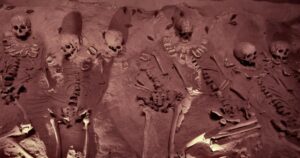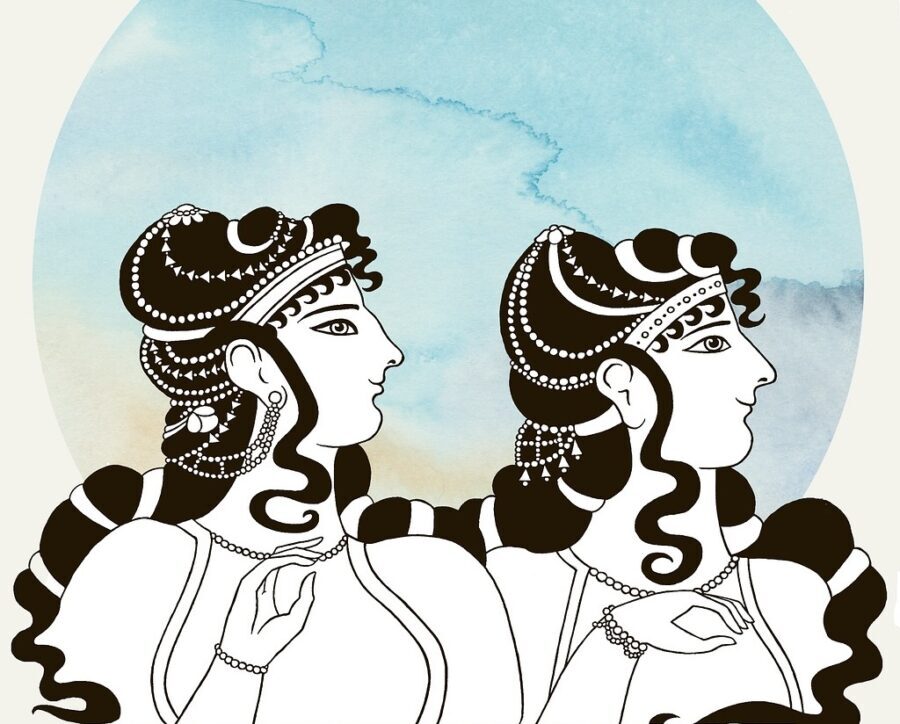
In the remote soils of southeastern Anatolia, where time itself seems to have settled into layers of dust and silence, a discovery emerged in 2024 that spoke not in words, but through bone, ornament, and gesture. At Boncuklu Tarla—a Neolithic settlement nestled within the rugged contours of Mardin’s Dargeçit district—archaeologists uncovered objects so ancient, yet so intimate, they might as well have whispered directly from the mouths of the dead. What they found were no ordinary artifacts. These were personal adornments— piercings for lips and ears—crafted from stone, obsidian, marble, and even native copper. They had once adorned human bodies more than eleven millennia ago. And in that adornment, they told stories—of identity, transition, ritual, and belonging.
A Civilization Written on the Body
Boncuklu Tarla, continuously inhabited between approximately 10,300 and 7,100 BCE, has already garnered archaeological fame for its architectural remnants and vast array of ornamental objects. Over 100,000 beads, pendants, and decorations have been unearthed at the site since 2012. But the recent discovery of labret and earring-like ornaments in adult burials adds a new and compelling chapter to this unfolding narrative. These items were not placed arbitrarily. Many were discovered near the mandible and temporal bones, precisely where piercings would have been worn. More revealing still, subtle wear patterns on the lower front teeth suggest prolonged and habitual use of lip ornaments—a bodily tradition encoded not just in stone, but in enamel and flesh.
Ornamentation as Ontology
Unlike the decorative excesses of modern fashion, the piercings of Boncuklu Tarla appear to have carried profound symbolic weight. Their absence from child burials and exclusive presence in adults hints at a rite of passage—an embodied transformation from innocence to responsibility, from anonymity to social presence. Here, the human body was not merely a biological entity but a sacred canvas, inscribed with meaning through ritual and ornament. Piercing may have served not just aesthetic desires, but cosmological beliefs, binding the self to community, the living to the ancestral, and the visible to the invisible.
Between Silence and Symbol
In a world without written language, where meaning circulated through gesture, stone, and rhythm, the body became the text. These adornments spoke—of gender, status, age, perhaps even spiritual authority. They were marks of being seen and remembered. They were declarations etched into skin and soul. Through them, we glimpse a civilization both distant and familiar: one in which humans, long before cities or empires, yearned to signify who they were and what they believed—by marking the very skin that carried them through life and into death.
Conclusion
The pierced ornaments of Boncuklu Tarla do more than extend the timeline of human adornment. They reshape our understanding of early Neolithic thought, aesthetics, and social structure. They remind us that identity is an ancient yearning, and that even in the earliest settlements of humanity, the body was already a vessel of expression, ritual, and meaning.
__________________________
Cover Image, Top Left: aitoff, Pixabay




